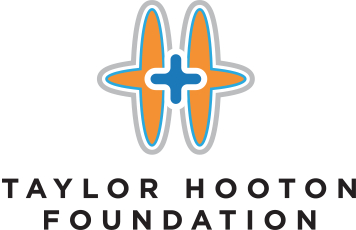University sports doping has found its Waterloo
If you're a Canadian university athlete, there's a 2 per cent chance you'll be tested for doping.Those odds may have provided comfort to nine Waterloo Warriors football players prior to their recent positive tests for performance-enhancing drugs - an unprecedented finding announced Monday that has shaken the country's university sports establishment.
The revelation has prompted uncomfortable questions about how many other university athletes are compromising their health, the integrity of competition and the reputations of their universities by doping up.
"It's an eye-opener," said Michel Belanger, spokesperson for Canadian Interuniversity Sport (CIS), which oversees university athletics in Canada. "We can't just put our heads in the sand and say, 'This is an isolated incident in Waterloo.' It would be naïve of us to say that."
The Waterloo football dopers represent systemic problems with a national drug-testing regime that is underfunded and filled with holes, experts say.
"Wake up, Canada. This is the tip of the iceberg," says Don Hooton, head of a U.S. foundation named after his son, Taylor Hooton, who committed suicide in 2003 after using anabolic steroids.
"If anybody walks away from this thinking it's only a University of Waterloo program, they've got their heads up where the sun don't shine," says Hooton, who was invited to consult with the University of Waterloo.
The latest indictment of the CIS's drug-testing protocol is that it wasn't responsible for catching the doped Warriors.
It was a police investigation into allegations a former player was trafficking banned substances that prompted the university to test all 61 members of the team.
In the 20 years CIS has been testing athletes for performance-enhancing drugs, it has discovered only 56 doping violations (45 involving football players).
That low rate of positives has everything to do with the number of annual tests it conducts, experts agree.
Last year, 202 university athletes - from a total of 10,000 in 52 universities across 15 sports - were tested.
That included 89 of the country's approximately 1,700 university football players, CIS records show.
"The dark cloud now over CIS football is that the only team that got entirely tested got up to nine positive results," said CIS's Belanger. "I'm sure people in other programs are being asked, 'What would be the result if all of your players got tested?'"
After suspending its football program for next year, the University of Waterloo has become ground zero in a vigorous debate on drug-testing reform.
"It's sending a message to the country and (football) programs everywhere," said Martin van Nierop, the university's director of communications and public affairs. "Perhaps every football player across the nation should get tested at any time."
Testing the entire Warriors team cost more than $30,000, a bill that was split in this case between the Canadian Centre for Ethics in Sport (CCES), which conducts testing on CIS athletes with funding from Sport Canada, and the university.
By that measure, testing players on the country's 26 football teams alone would cost $800,000.
"We understand we need to do more testing. The question is finding the resources to do that testing," said Rosemary Pitfield, spokesperson for the CCES.
Toronto Argonauts offensive lineman Michael Warner, drafted out of Waterloo earlier this spring, refused to comment Tuesday on the university's decision to suspend the program, which he was planning to return to for one final season after training camp.
Argos quarterback Danny Brannagan, who led the Queen's Golden Gaels to a Vanier Cup championship last season, said every season during training camp the players received a lecture on doping, banned substances and what they could and could not take.
"It's not something that really came up at Queen's," Brannagan said of steroids discussions in the locker room. "I can't speak for any other schools."
Offensive lineman Dominic Picard, who won two Vanier Cups with Laval, said while the decision to suspend the program at Waterloo was "sad," he thinks it was the right call.
June 16, 2010
University Suspends Football Program Following Steroids Revelations
I just returned from Canada where I had the opportunity to work with the leadership of the athletic programs at the University of Waterloo. Â They announced on Monday that they are shutting down their football program for this coming season following the revelation that a number of their football players were using anabolic steroids.
Following a steroid bust earlier this year of one of the University’s football players, the University demanded that all of their football team be tested for steroids. Â Nine of the 60+ members of the team either tested positive or admitted to using steroids. Everyone was shocked at the prevalence of the steroid usage that was uncovered. Â For the record, I am not shocked.
As you’ve seen chronicled on this web site, anabolic steroid usage is rampant among our youth. Â I surmise that if you took the whole football team from any major university in North America and did a truly surprise test of all of their players as was done here, that the number of guilty parties would be at least as high as was discovered here.
The topic now shifts to “what do we do about it”.  We are strong proponents of education and welcome the opportunity to work with the team from the University of Waterloo and others across Canada to raise awareness about this problem and to educate youth, educators, coaches, athletic trainers and others about the dangers of these drugs and what to do about the problem.
Don
